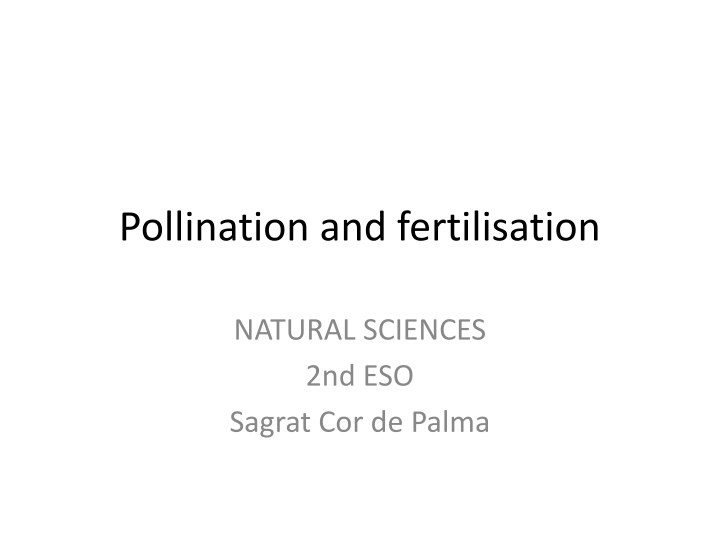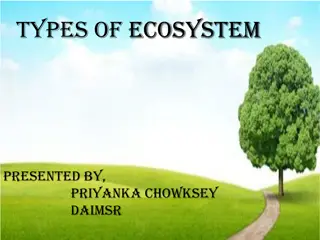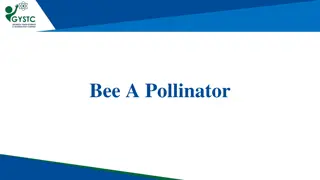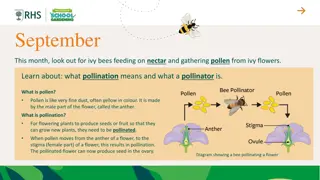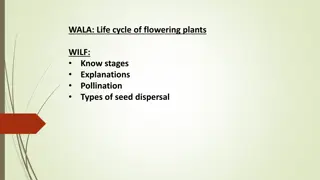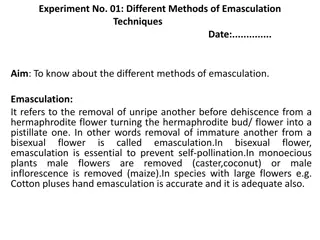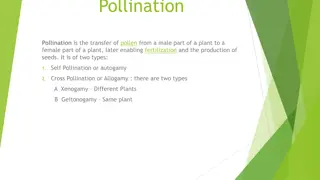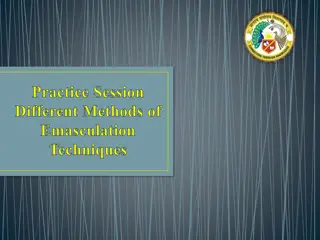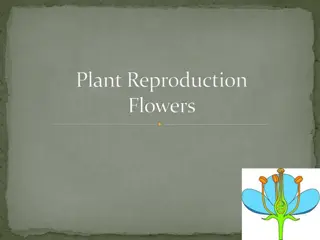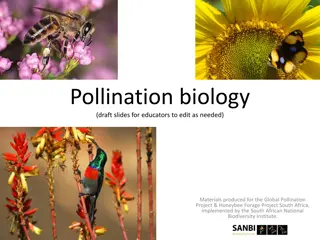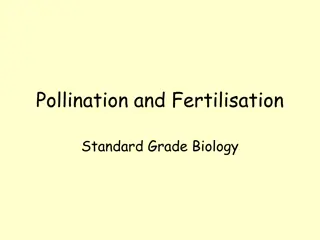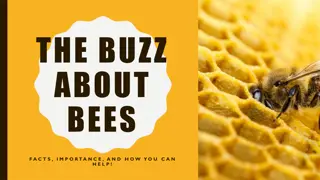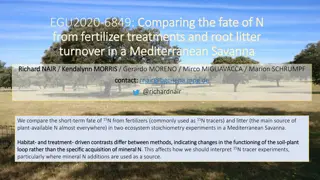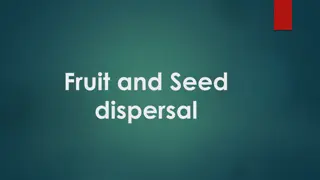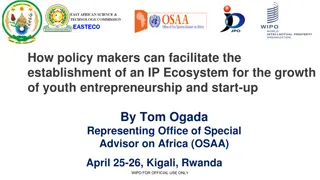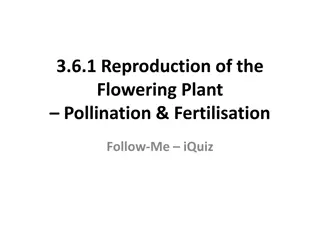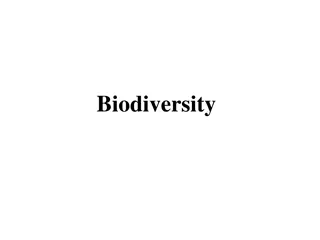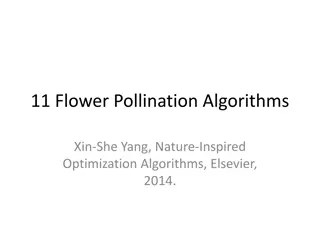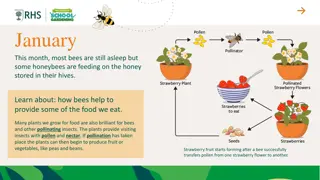Pollination: Natural Process in Ecosystem
Pollination is a crucial process in plant reproduction involving the transfer of pollen grains from stamens to the pistil. This process can occur through various methods like animal and insect pollination or wind pollination. By attracting insects with bright colors and scents, flowers ensure the transfer of pollen. In contrast, wind-pollinated flowers rely on lightweight pollen grains that can be carried by the wind without the need for nectar or strong fragrances. Understanding the different types of pollination is essential for ecosystems and plant diversity.
Download Presentation

Please find below an Image/Link to download the presentation.
The content on the website is provided AS IS for your information and personal use only. It may not be sold, licensed, or shared on other websites without obtaining consent from the author.If you encounter any issues during the download, it is possible that the publisher has removed the file from their server.
You are allowed to download the files provided on this website for personal or commercial use, subject to the condition that they are used lawfully. All files are the property of their respective owners.
The content on the website is provided AS IS for your information and personal use only. It may not be sold, licensed, or shared on other websites without obtaining consent from the author.
E N D
Presentation Transcript
Pollination and fertilisation NATURAL SCIENCES 2nd ESO Sagrat Cor de Palma
Pollination It is the process by which pollen grains, found in the flower sstamens, reach the pistil. PISTIL STAMEN
TYPES OF POLLINATION By animals and insects By the wind
By animals and insects They have a strong smell to attract the insects Flowers are brightly coloured Pollen sticks to the insect s body
By the wind The pollen grains are usually very small and light Flowers do not need to produce nectar, be brightly coloured or have a pleasant smell
